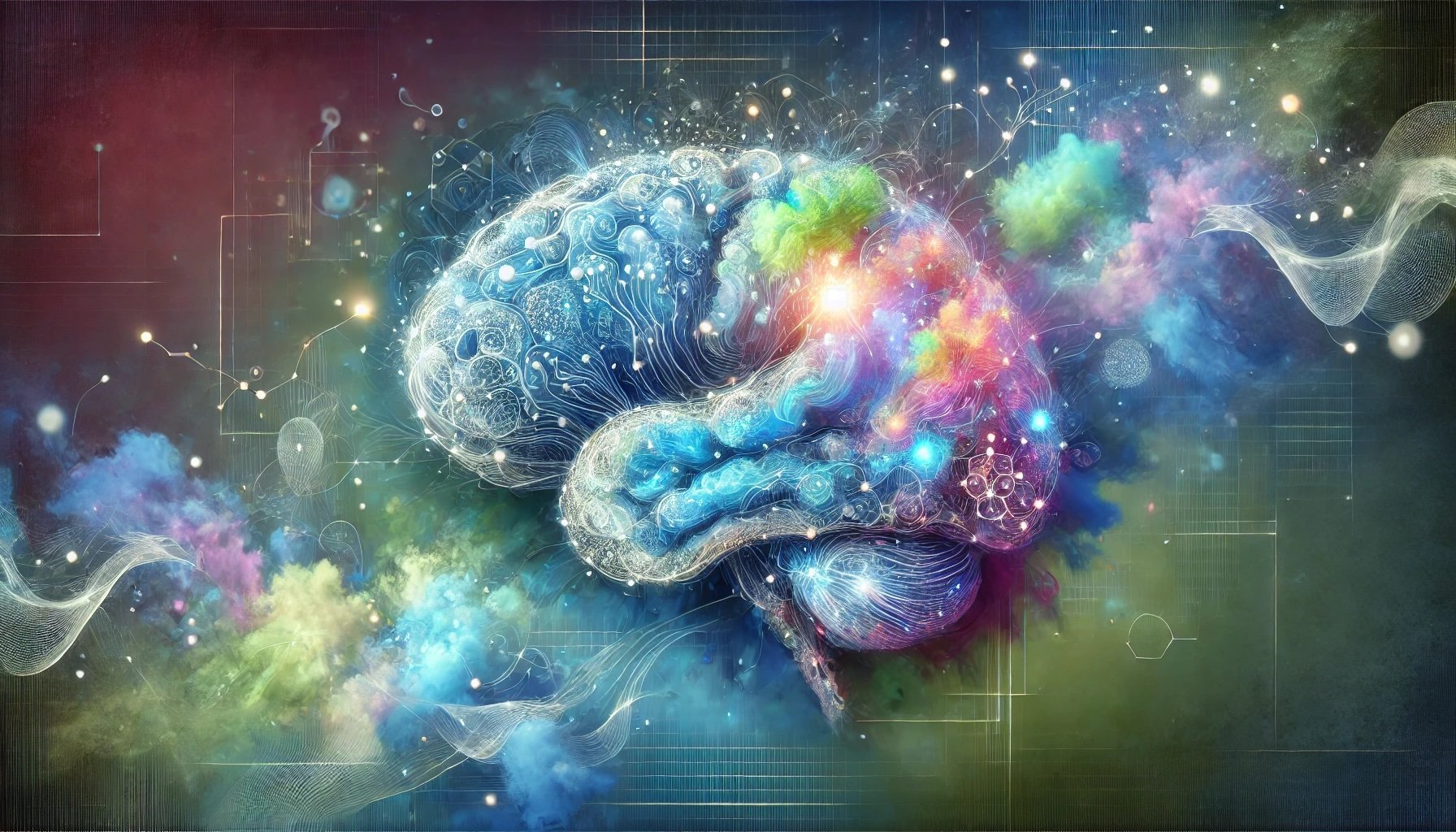AI, Productivity, and Workplace Wellbeing: Finding the Right Balance.
The topic on everyone's lips: Artificial Intelligence (AI). Is it good for us? Bad for us? Does it make us more productive? Is it driving us forward? Or alternatively, is it making us less productive? And is it stressing us out? Is AI going to take over? In this article, we aim to break down the impact AI has in the context of workplace well-being and productivity, giving a brief overview of both the positive and negative impacts.
AI is transforming the workplace, with 72% of workers believing it adds value to their work processes (Freshworks, 2024). But while AI promises efficiency, its impact on well-being and productivity is more complex. Does AI truly reduce burnout, or does it introduce new stressors? Let's break it down.
AI and burnout: A Double-Edged Sword?
AI has the potential to reduce burnout by automating repetitive tasks and lowering cognitive load. However, real-world experiences tell a different story. Learning, implementing, and fact-checking AI tools often increase overall workload. This lead to a staggering 61% of workers believing that AI will increase their chances of burnout – rising to 87% for workers under 25 (Resume Now in BBC, 2024). 77% of employees say that AI has actually decreased their productivity and added to their workload (Upwork in BBC, 2024). Simultaneously, 43% of people feel that AI will negatively impact their work-life balance (Resume Now in BBC, 2024).
Despite these statistics, executives remain optimistic, with 96% expecting AI to boost company productivity, yet 81% acknowledge that AI has increased demands on workers (Upwork in BBC, 2024). The gap between expectations and reality raises concerns about the true role of AI in workplace wellbeing.
AI Anxiety: The Psychological Toll of Automation
Beyond productivity concerns, awareness of AI’s potential to replace jobs can harm emotional well-being. The concept of STARA awareness (Smart Technology, AI, Robotics, and Algorithms) suggests that employees who fear AI-driven job displacement experience increased stress and reduced wellbeing (Jin et al., 2024). Job stress mediates AI-related anxiety as employees who feel their jobs are at risk tend to experience higher stress levels. Employees with strong coping skills are less affected by AI-related job stress, and those who feel capable of learning AI experience less stress (Kim & Lee, 2024). To mitigate AI anxiety, companies must take a human-centric approach – either by building resilience or improving AI learning self-efficacy through training. Both of the studies mentioned above show that AI increases job stress, which in turn negatively impact employee well-being.
AI as a Tool for Empowerment, Not Replacement
Mental health and productivity are closely linked, and AI should be used to enhance work, not overwhelm employees. Employers and employees can take proactive steps to ensure AI supports well-being:
Set boundaries – limit exposure to AI tools to prevent over-reliance and digital fatigue.
Be mindful of AI’s limitations – fact checking AI outputs and avoiding using AI generated information without human oversight can keep us mindful of its limitations.
Take breaks and promote teamwork - balancing AI use with human collaboration fosters social connection.
Stay informed on ethics – understand AI’s biases and privacy concerns to ensure responsible use. "Just as systemic racial and gender bias have proven difficult to eliminate in the real world, eliminating bias in AI is no easy task" (IBM Data & AI Team, 2023).
Balancing AI’s Benefits and Drawbacks
AI can be a powerful workplace tool, but its impact on well-being depends on how it is implemented. While AI can boost efficiency, it can also contribute to burnout, automation anxiety, and increased stress if not managed carefully. Employers must ensure AI serves as an assistant, not a replacement, while fostering a work culture that prioritises well-being.
By finding the right balance, we can use AI’s potential to our advantage while keeping the workplace human centred and prioritise employee wellbeing.

